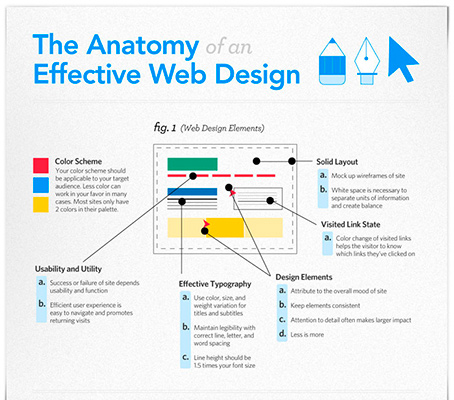Website Design Basics: Tips For Building A User-Friendly Website
Website Design Basics: Tips For Building A User-Friendly Website
Blog Article
Content Develop By-Hovmand Thrane
When it pertains to site style, ensuring user-friendliness is key. From responsive layout to streamlined navigation, every element plays an essential role in creating a site that accommodates your target market's requirements. But what about the better details that can make or break a user's surfing experience? Stay tuned as we reveal some often-overlooked ideas that can boost your web site's functionality to the next level, making it truly stand apart in the electronic landscape.
Importance of Responsive Layout
Receptive style is an important aspect of modern internet site development. Guaranteeing your site is responsive means that it can adjust to different display sizes and tools, giving a smooth experience for users.
With the enhancing use smart devices and tablet computers to access the web, having a responsive layout is important for reaching a broader target market. It aids in improving customer experience by making your site simple to navigate and read on any type of gadget.
Furthermore, responsive design can favorably affect your online search engine positions, as internet search engine like Google focus on mobile-friendly websites. By having a responsive layout, you're additionally future-proofing your website, as brand-new gadgets with varying screen dimensions continue to arise.
Simplify Navigating Structure
To improve user experience and promote simple accessibility to details on your web site, simplifying the navigation structure is critical. When making your website, focus on developing a clear and instinctive navigation menu that assists visitors locate what they're trying to find swiftly.
Restriction the number of food selection products to the fundamentals, grouping associated pages with each other to stay clear of overwhelming individuals. Use descriptive tags that clearly indicate the material of each page, making it simpler for customers to understand where each web link will certainly take them.
Consider carrying out dropdown food selections for subcategories to avoid littering the main navigation bar. In addition, consist of a search bar plainly on the web page for individuals who choose searching for particular details.
Focus on mobile responsiveness in your navigating design to ensure simple accessibility on all devices.
Enhance Page Load Rate
Improving web page lots speed is important for keeping site visitors on your site. Slow-loading pages frustrate users and can result in high bounce prices. To optimize web page load rate, beginning by enhancing photos. industrial website design without endangering high quality to lower their documents dimensions.
In addition, enable internet browser caching to keep regularly accessed sources locally, quickening load times for returning visitors. Minify CSS, JavaScript, and HTML data by eliminating unnecessary personalities, comments, and formatting, enhancing tons speed.
Take into search engine packages utilizing a web content shipment network (CDN) to distribute your web site's content across multiple servers worldwide, reducing latency for customers accessing your site from various places. Finally, limit making use of third-party scripts and plugins, as they can significantly influence lots times.
Final thought
In conclusion, by integrating receptive design, streamlining navigation, and enhancing page tons rate, you can produce a straightforward web site that appeals to a wider target market and boosts customer experience. These essential elements make sure that site visitors can easily accessibility and browse your site throughout different gadgets, bring about raised engagement and satisfaction. By focusing on these crucial aspects, you can construct a successful website that maintains users coming back for even more.
